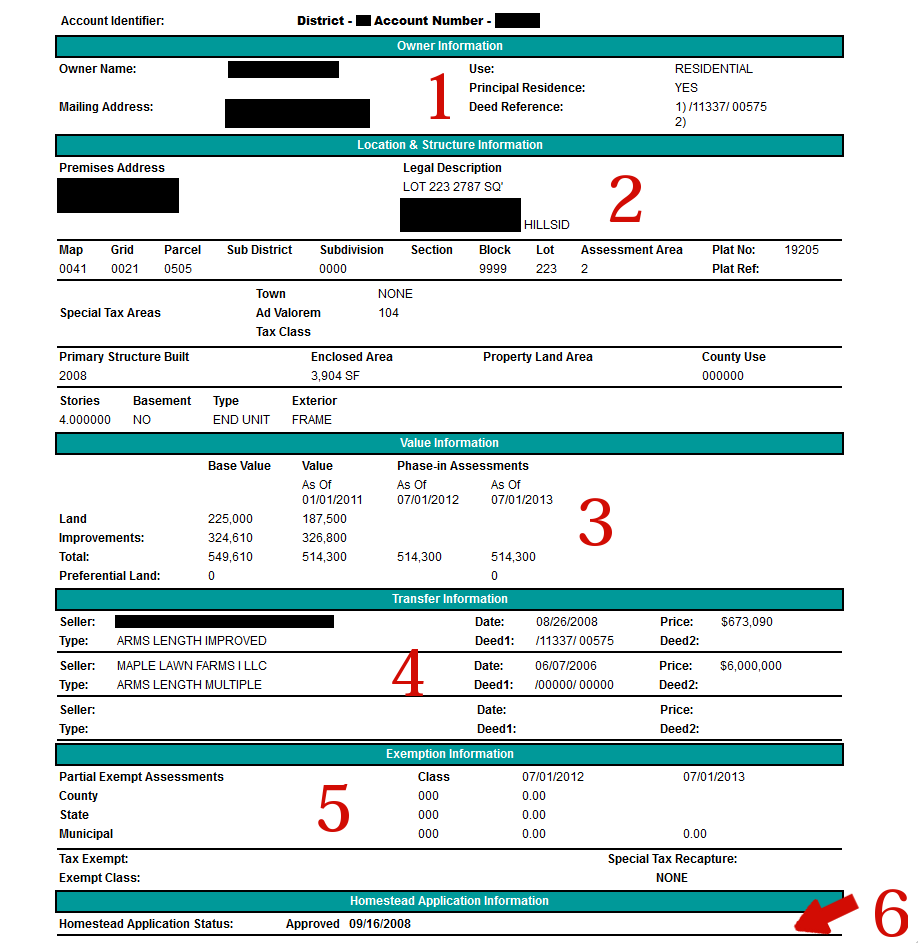Written by guest blogger Karen Pitsley from Transforming Architecture.
Thinking about renovating or upgrading your kitchen? The idea of doing a project in your home can be very exciting, especially when it deals with something you use constantly like your kitchen! Sometimes, however, reality can be less enthralling. Planning and preparation are the keys to a successful kitchen remodeling project. Even the most careful planning doesn’t guarantee perfection, but it will certainly reduce the frustration and limit the surprises. There are many different things that need to be considered before starting your home remodeling project. Here are five questions you should ask yourself before you begin:
1. Should I hire a design professional?
I’m an architect, so of course my answer is YES! Seriously though, all projects do not need an architect. If you are moving walls or redesigning spaces, call an architect. If you are in need of a “room lift” with new colors and furniture, call an interior designer. If you are unhappy with the layout of your kitchen, but are staying within the current footprint, I recommend calling a kitchen designer or architect or interior designer. Kitchens in particular are such an essential part of your home, so if you’re unsure, call your design professional for a free consultation. To most architects, every project is an opportunity to have fun, but I have told potential clients that their project just doesn’t need my services.
2. What is my five year plan?
I can’t tell you how many times I’ve gone to a potential client’s home and will hear something like this, “we just finished our kitchen, got new windows and siding and are now ready to design an addition.” This is sad for a design professional to hear. We know you don’t want to pay a contractor to undo what you just paid him to do. Nor do we like suggesting that you do so, but the best design option for your lifestyle may have been a fantastic kitchen open to the addition. Work with your design professional and make sure you tell him/her what your future plans are. The ideas you plan to implement in four years may impact your design today. Why not plan it all at once? The benefits can be: easier future budgeting, spending your money wisely, getting the best design now and when the next phase gets built, and being excited about the new house you will soon have.
3. Do I have the time necessary to complete the project?
Never plan a major remodeling project to finish just before some major event is to take place in your home. Although it is tempting to want to host a Thanksgiving feast when your home is in its newly remodeled state, please resist the temptation. It will add a whole new level of stress to everyone involved. All projects should have a projected schedule for completion, but if there is a weather delay or cabinet order delay, your project may be completed the day before your guests arrive, but you’ll have no time to clean the pounds of construction dust, decorate the rooms and make the turkey! Be kind to yourself, and schedule your event for New Years!
4. What is my budget?
This is a tough question. It depends on the project complexity, your geographical area and hidden conditions. This is especially true if you live in an older home. Tear out a wall and you’re sure to find something different than you had thought. It might be lovely old brick that was covered over with drywall or it might be asbestos. Make sure you have some contingency funds. This could be anywhere from 10% for a newer home, and 15-20% or even higher, for an older home, but this is a great question for your design professional. They will know your geographical area and from experience, be able to glean the likelihood of unforeseen conditions. If all goes well, you’ll have more money spend on furnishings and fun details at the end.
5. Will my home be livable during the remodel?
Remodeling is dusty, messy, and noisy. It is challenging to live in a home that is undergoing a major renovation. It is stressful. If you are remodeling a part of the house that is not used daily, then you and your family can probably live through it. I had a client whose project was to add a second floor, and they chose to stay and live in the basement. Not fun and if given the same choice now, they would choose to move out for those eight weeks. Talk to your contractor. It’s possible you could save money by moving out. Your project may be completed faster because your contractor doesn’t have to make your home clean and safe for your family (kid-safe and contractor-safe are two different levels) every night. That half hour can be used to finish the trim or skim the drywall. Some contractors will not take projects if the family is not moving out. If nothing else, moving out will save you some SANITY!
One last bit of advice. Find a professional that makes the process fun!
Karen L. Pitsley, AIA, is principal and architect at Transforming Architecture LLC, an architectural firm located in Howard County, providing residential design. She may be reached at 301-776-2666 or at karen@transformingarchitecture.com






















